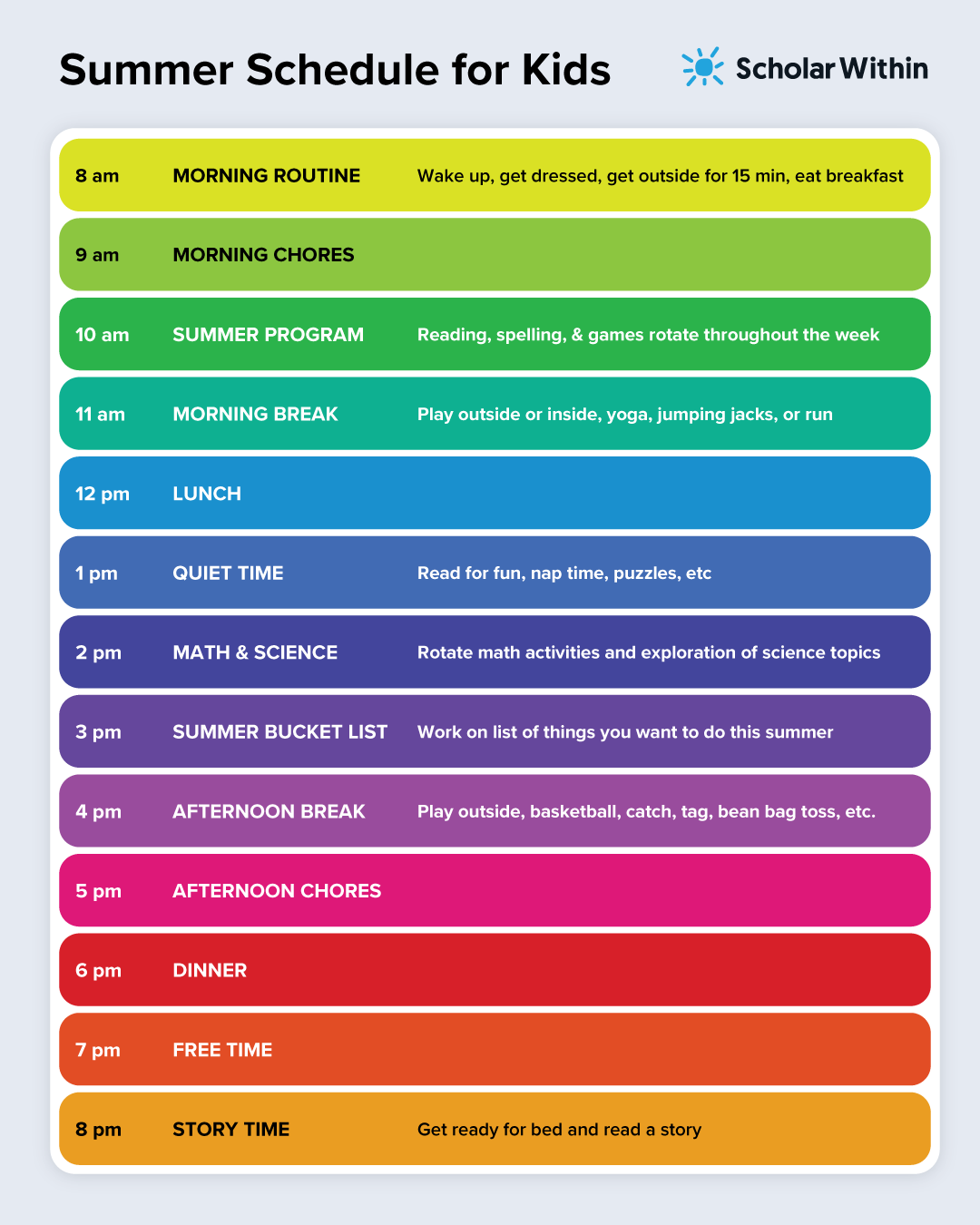
Brain-Body Connection: Movement and Learning
How does the brain-body connection affect overall learning skills?
Most of us don’t think about learning skills in conjunction with the brain-body connection and movement. However, the brain-body connection and movement are very important to your ability to learn and master reading skills. The brain and body work together as a machine, one designed to move through space efficiently, walking, moving, and maintaining balance.
The vestibular system maintains balance and spatial orientation. As you walk, your arms and legs swing, counterbalancing each other. The hips and buttocks stabilize the body. Your eyes need to be stable in space so you can both see and read a sign that is 20 feet away while walking. Together, the neck and vestibular system stabilize and refine the head and vision system.

The Vestibular System and Learning
The vestibular system is the sensory system that sends signals to the neural structures that control eye movement. Because we learn and read through eye movements, the vestibular system is a critical piece of the brain-body connection. It helps us focus on and perceive both objects and words, take in and analyze shapes, sizes, and directions of objects, words, sentences, and passages. It helps us interact with our environment every day.
Movement triggers the vestibular system. The body then passes information received in a round-trip pattern from the spinal cord to the brain to and back. When an action is completed, the cortex (brain) processes the information received during the action and sorts it into usable, retrievable pieces. Higher-order thinking takes place during this process, and both short-term and long-term memory banks store information.
The Brain-Body Connection Impacts Reading Skills
The vestibular system needs to be activated to have higher-order thinking, receiving, and interpreting take place. The brain takes in information from our visual, auditory, and tactile-kinesthetic systems. The vestibular system then sifts through words, shapes, sizes, directions, and space, interpreting the data. Next, it sends it to specific areas of the brain to make sense of and retain meaning from it.
The vestibular system and the brain-body connection directly impact your ability to receive and interpret words, sentences, paragraphs, and stories. It allows you to see the shapes, sizes, and positions of letters in space. Additionally, it helps you visually scan words across a page in order to read fluently and accurately. Without the ability to scan words across a page quickly and accurately, reading is stilted, and comprehension is lost. As we improve the vestibular system, the system of brain-balance, reading, and overall learning improves.
Improving your brain-body connection helps with attention skills, spatial awareness, balance, and right-to-left scanning. Movement activities also help with handwriting. The skills you need for spacing of letters and shapes of letters are built with larger gross motor movements that you get from the brain-body connection activities included in the Summer Reading Program.

Brain-Body Connection Activities Improve Learning Skills
Brain-body activities are specific movement activities such as balancing on an exercise ball, doing a tree pose, or even tossing a bean bag in specific ways. Do these short activities for only a few minutes each day. Sensory movement activities like these help improve academic skills such as reading. Extensive research from NASA demonstrates how brain-body activities can impact our ability to learn. Our at-home, online, and self-paced Summer Reading Program 2025 includes numerous brain-balance activities that improve reading skills.
Who is Scholar Within?
Scholar Within was founded by learning expert Bonnie Terry, M.Ed., BCET. Bonnie started designing and developing her own custom educational tools when she started her private learning center in the 1990s. Teachers kept asking what she was using with the kids that saw her because of the dramatic improvements that the kids made in school. From here, Bonnie decided to make her materials available to teachers and families worldwide.
Now, Bonnie Terry has turned her materials into a full-service online program that you can follow step-by-step at home and on your schedule. School alone is not enough anymore. Bonnie’s programs boost your kids’ overall learning skills by focusing on improving the auditory, visual, and tactile processing areas of your brain to make it work more efficiently.




I love this blog. I am an occupational therapist. We live the vestibular system. I was surprised that it also had a role in learning to read.
Thanks so much for the comment! Yes, there are 9 tactile-kinesthetic areas that impact our ability to learn.